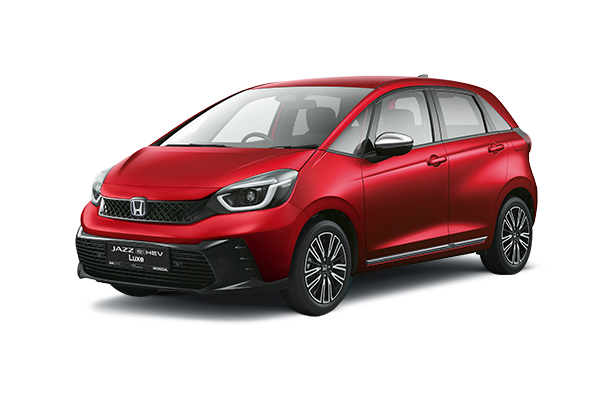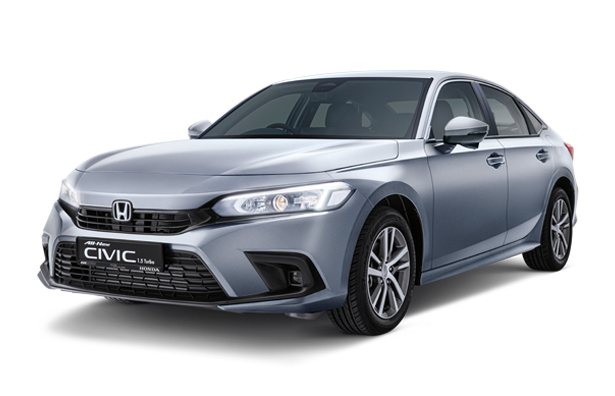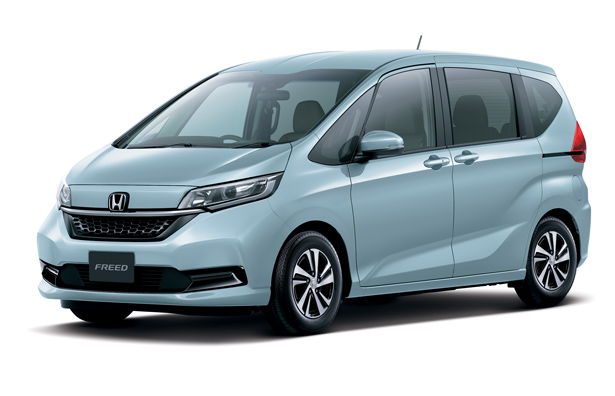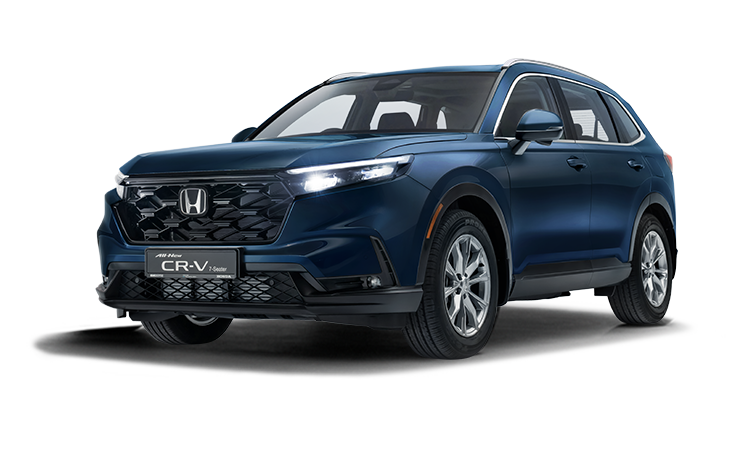Sixth-generation Honda CR-V charms with user-friendliness

Honda’s latest CR-V has grown since it last appeared with seven seats in 2017. At 4,706mm long and 1,866mm wide, its footprint has increased by 2.2 per cent.
While that seems miniscule, it is enough to make the CR-V one of the biggest mid-sized crossovers in town. The most tangible difference lies in its wheelbase, which is 41mm longer than previously.
This translates to more interior space, although not as much as you might expect. As with its predecessor, the third row is comfortable enough for passengers of small build.
The biggest improvement in this area has to do with the middle-row seats, which can now slide farther to the front to free up more space in the third row. This feature makes loading larger items in the boot easier too.
If you are carrying larger items, you will have to do this as the boot is not very wide. And if you need even more stowage, folding the third and second rows of seats flat is a cinch. Flipping them up again is equally effortless. Ditto ingress and egress for the third-row occupants.
A powerful tri-zone climate-control system ensures everyone in the car is comfortable on the hottest day. A panoramic glass roof brings more natural light into the cabin – a welcome feature since the third row in multi-seaters is often poorly lit.
Unlike some seven-seaters, the CR-V’s middle row does not come with a foldable armrest. But there are drink holders in the door pockets.

The car is fitted with some of the newer gizmos, including adaptive cruise control (ACC) with lane-keeping assistance, assisted hill descent, driver attention monitor, and a “live” diagrammatic representation of the car as well as traffic in front of it.
The icon of the CR-V has brake lights which come on when the brakes are applied, whether by the driver or by the ACC system.
A blind-spot camera view comes on each time you activate the turning stalk. But instead of projecting this from the instrumentation panel like the South Korean makes, Honda has chosen the infotainment touchscreen. It is good that this is a bigger and clearer projection, but bad that it obscures the navigation map completely if it is in use.
The infotainment system is easy to use, with keys which are easily visible and accessible. Wireless phone connection is done in a jiffy, while disconnecting a device requires a couple more steps.

Two rows collapsed: Good for flat-packed furniture and gardening supplies. ST PHOTO: KUA CHEE SIONG

One row collapsed: Just nice for foldable bicycle and golf sets. ST PHOTO: KUA CHEE SIONG
Despite its substantially longer wheelbase, the new CR-V remains relatively nimble. Climbing up and down tight, narrow ramps of an older carpark proves to be not overly daunting, with the rear wheels not mounting a kerb once.
Being tallish at 1,681mm, the Honda leans into corners perceptibly. Body movements are rather noticeable when negotiating sharper humps. These, however, are part and parcel for a sport utility vehicle – a genre which packs more versatility than, say, a saloon, but which comes with small trade-offs.
The CR-V retains its predecessor’s 1.5-litre turbocharged engine, but Honda has added its famed electronic variable valve timing and lift control system for better high-end performance and low-end efficiency. The engine is super-smooth and silent. When idling, it is as vibration-free as an electric or hybrid car.
The whine of its continuously variable transmission becomes detectable only from around 2,800rpm. The car is adequately nippy in the city when left in D, so there is rarely a need to rev hard.
Should you require more oomph, shift to S. This requires you to depress the gear lever release, which seems unnecessary and slows down the shift.

Let there be light: A panoramic glass roof brightens up the cabin at the flick of a button. ST PHOTO: KUA CHEE SIONG
Thankfully, the car’s steering-mounted paddles are responsive, with each “downshift” increasing revs meaningfully.
The test car averages 8.8 litres/100km, which is nearly 20 per cent higher than Honda’s declared figure but which is still relatively decent for a car of its size and capability. That Honda has achieved this without the aid of any hybrid system is creditable.
Another noteworthy change pertains to how the car looks. The sixth-generation CR-V is probably the most stylish of the lot, if a little Toyota RAV4-ish in front. Its rear section is rather chic and unique. Previous CR-V’s have either come across as thick-waisted or jut-jawed.
The cockpit is logically laid out, although the A-pillars can sometimes hinder visibility when turning. The charm lies in its simplicity and functionality, with no pretentious design elements or oversized screens. Its honeycomb screen for the air-conditioning vents may prove challenging to clean, though.

Hole flow: Honeycomb air-con vents look nice, but are potentially difficult to clean. ST PHOTO: KUA CHEE SIONG
Like many modern cars, there is ambient LED lighting. Along with the panoramic glass roof, this feature is standard issue in the seven-seat version.
If you have no need for seven seats, a five-seat CR-V offers more space for rear occupants and cargo. Neither variant can be described as inexpensive, but that is largely a function of lofty COE prices.
Credits: The Straits Times. Author: Christopher Tan
Original Source: https://www.straitstimes.com/life/motoring/car-review-sixth-generation-honda-cr-v-charms-with-user-friendliness








